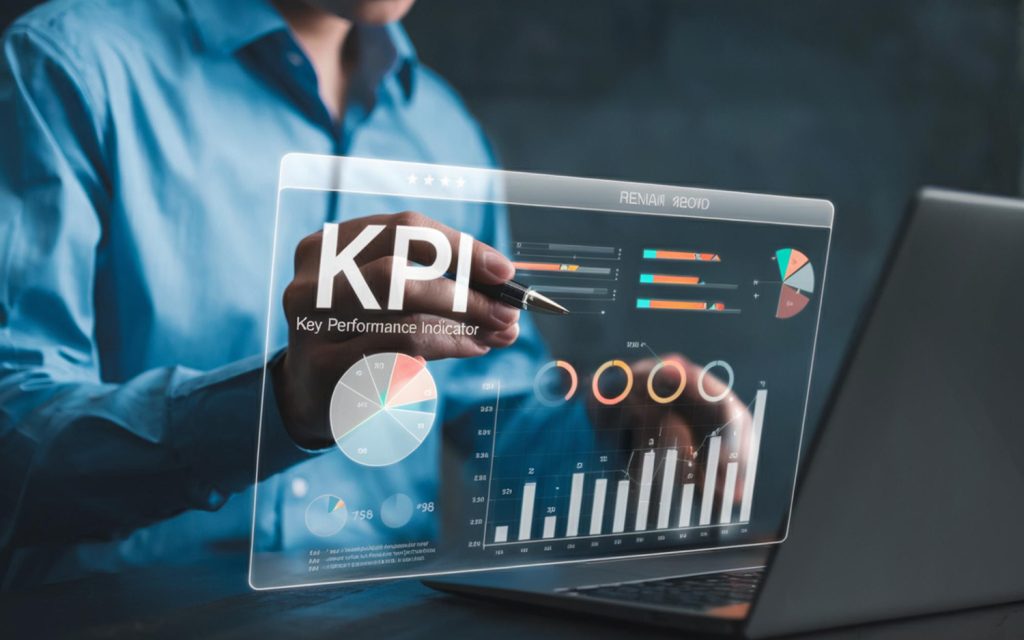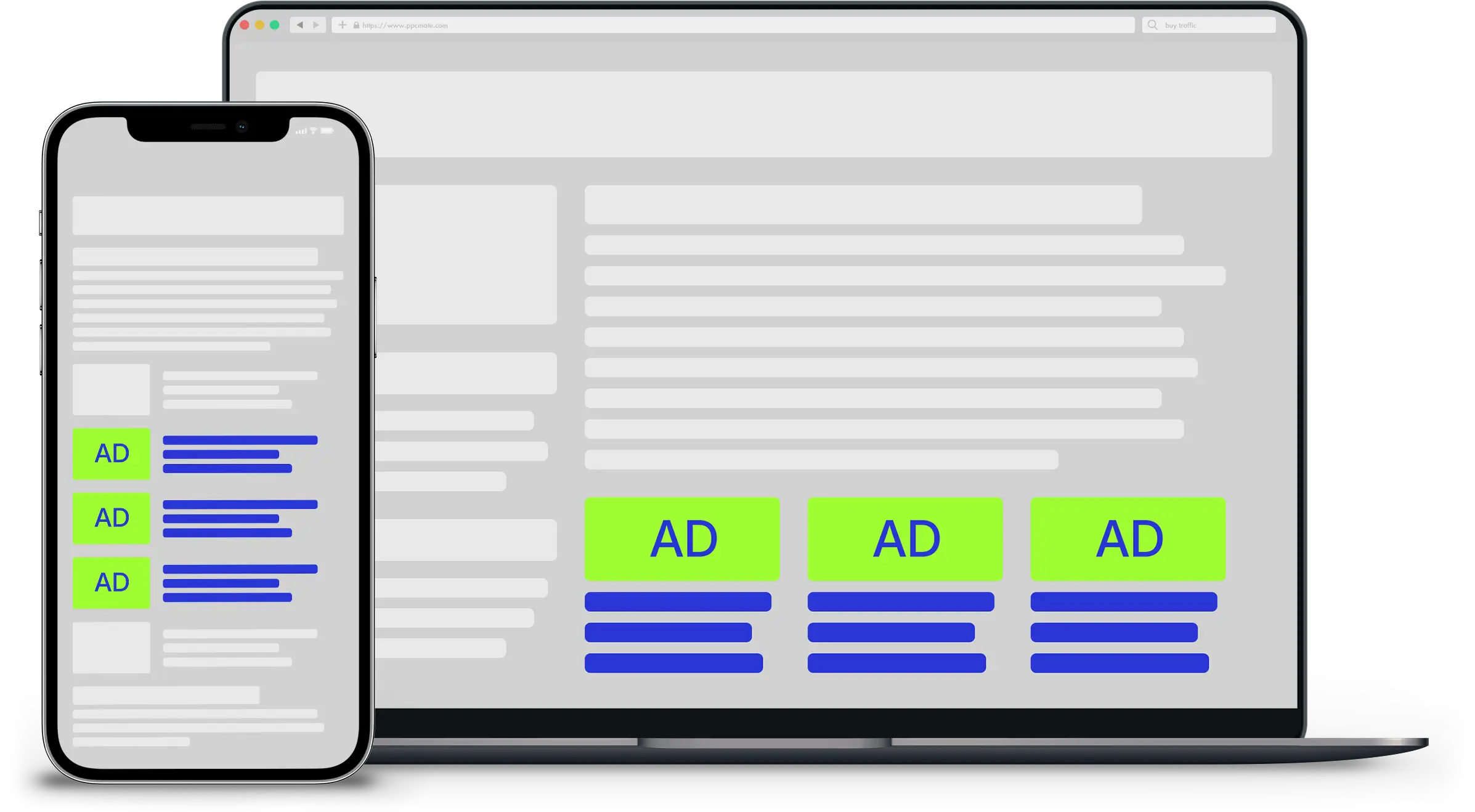We will investigate why SEO will stay relevant in 2025, and explore why focusing primarily on SEO might not be the wisest decision in the years to come.
Since Sergey Brin and Larry Page launched Google Search to the public in 1998, search engine optimization has been a staple of website and business marketing.
Almost 27 years later, is SEO’s importance dwindling with the rise of new technology and apps aiming to remove Google from its pedestal?
So, is SEO still relevant in 2025? The short answer: yes—but with caveats.
As technology advances, giving birth to new applications, search engines must evolve too. That means SEO, and how websites and business owners approach marketing, will have to progress along with it.
In this article, we’ll examine recent data, investigate why SEO will stay relevant in 2025, and explore why focusing primarily on SEO might not be the wisest decision in the years to come.
5 Reasons Why SEO Remains Relevant in 2025
Let’s get one thing straight: SEO is relevant.
Personally, I believe SEO is here to stay indefinitely as long as search engines exist and people ask questions. But don’t take my opinion for it. Recent data supports my sentiment, giving us five reasons why SEO remains relevant in 2025. Here they are:
1. More than 6 out of 10 site visitors come from Google
Google still dominates all other platforms in terms of referring traffic to websites. In a recent study by SparkToro, they found that Google drives 63.41% of all website traffic, and the second largest traffic referrer is not even close.
The research was conducted from January 2023 to January 2024, analyzing the world’s top 170 traffic-referring domains.
Google took the largest slice of the pie. Microsoft and Bing took the second spot at 7.21%, a far cry from Google’s over 60% rating. YouTube, Facebook, Reddit, and Twitter took the following spots, respectively.
Source: SparkToro
What does this data tell us?
Google’s dominance as the top traffic referrer proves that SEO is still a major player in digital marketing.
Remember: “Traffic” and “Sales” are inseparable and highly correlated concepts.
If most website traffic comes from Google, then businesses can’t afford to ignore search engine optimization.
While platforms like Bing and social media contribute, they don’t come close to Google’s influence. This data reinforces the importance of ranking high on Google SERPs.
As long as Google remains the primary gateway to the web, SEO will remain relevant for visibility, organic traffic, and digital success.
2. Google is becoming more strict about what shows up on SERPs
Since 1998, Google has tweaked and refined the Google search algorithm to serve users the best results for the search query.
With the advent of generative AI for content marketing in search results from 2022 to 2024, Google has doubled down in keeping SERPs free from low-quality websites spamming regurgitated AI mumbo jumbo.
Recently, IndexCheckr released an indexing study of 16 million web pages to examine Google’s indexing behavior. The study found that Google indexed only 37.1% of pages (5,409,096 pages) and did not index 61.9% of pages (9,036,446 pages), while 1% (143,068 pages) of domains were not indexed altogether.
Source: IndexCheckr
In their words, this study revealed a “stark reality” that most pages do not meet Google’s high standards for inclusion in its index.
But what could be the possible reason behind?
Let’s look back to December 2022, when Google updated its quality rater guidelines from E-A-T to E-E-A-T (Experience, Expertise, Authoritativeness, Trustworthiness).
“Experience” was added to detect AI-generated content because AI machines are incapable of experiencing anything beyond the data they’re trained on.
While Google acknowledges content, however it is produced, the search engine has always had reservations against AI content. In 2024, Google announced that it had cleaned over 45% of SERPs, possibly more now.
This data demonstrates Google’s untiring dedication to maintaining the quality of search results despite the rise of AI-generated content.
If many domains or pages have been deindexed, they will have to start over, regain Google’s trust, and do the work to compete in SERPs. That means engaging in SEO in 2025.
3. The number of e-commerce sites is rapidly growing
E-commerce sites are arguably the biggest beneficiaries of website traffic because this almost directly influences their conversions.
According to Digital Commerce 360, there were 13,980,000 e-commerce sites in the US alone in 2023. According to Clearly Payments, this number grew to 23,240,000 in 2024, which accounts for approximately a 64% increase.
What does this mean?
As more online businesses emerge, there will be increased competition for SERP real estate and organic traffic.
That means e-commerce websites cannot be lenient in their SEO efforts, implying that business owners will double down on optimizing their websites for search results.
4. Google remains the top tool for local search in almost all age groups
In 2018, Search Engine Roundtable quoted an SEO reportedly tweeting that a Google exec said 46% of Google searches have local intent.
This is corroborated by the recent findings of SOCi in their 2024 Consumer Behavior Index.
According to SOCi, 80% of US consumers look for local businesses, primarily restaurants, grocery and retail stores, at least once a week, while 32% search for local businesses every day or multiple times daily.
Google is still the primary go-to for nearly all age groups when looking for local businesses. Take note “nearly.”
Look at the graph below:
Source: SOCi
While Google retains the lead for ages 25 to 65+, more Gen Z and Gen Alpha are turning to Instagram (67%) and TikTok (62%) to find local information.
Nonetheless, it is not a cause for concern to Google and SEOs since the search engine doesn’t lag too much at 61%. Moreover, most users still depend on Google for locally oriented searches, which means SEO is still relevant.
5. “Near me” searches have over 100% YoY growth
“Near me” or “[product or service] at [location]” searches are the primary queries used by people looking for local business or services.
Think With Google reported that these searches have over 100% year-over-year growth, which is ideal for SEOs and local businesses. This means SEO services, mainly local SEO, is on the right track and far from becoming irrelevant in 2025.
In addition, Google reports that 31% of consumers are conducting more online research to avoid stock, inventory, and shipping-related challenges.
Why Sole Reliance on SEO Could Wane in the Years to Come?
Given the current state of SEO, there is no debate—SEO is relevant in 2025.
But will it maintain this impressive longevity in the years to come? Only time will tell.
However, we can always speculate based on available data, so let’s look at some:
1. Instagram and TikTok are the popular search tools for 18-24 year olds
In SOCi’s findings, the 18-24 age groups use more social media for searching local products and services. We project that this number will only increase in the coming years as younger generations get more exposed to social media apps like Instagram, TikTok, and Snapchat.
If your primary audience belongs to this age group, focusing primarily on search engine optimization might not be your best bet. Targeting other marketing facets besides SEO, like social media marketing, would be more productive.
2. There is a rise in zero-click searches
SparkToro found that almost 60% of all Google queries result in zero-click searches. That means these queries result in zero clicks of organic and paid search results.
The prevalence of zero-click searches could point to several things, all Google-influenced reasons:
- AI Overviews: This is an AI-generated answer made by Google’s AI that answers a user query comprehensively by combining the information gathered from several web results. It aims to expedite information assimilation instead of having to click through results.
- Featured snippets: These are informational tidbits taken from one search result that answers a query directly.
- Knowledge panel: Often found on the right side of SERPs, it features information about places, people, organizations, and concepts to give users a quick snapshot of what they are searching for.
- Local pack: This panel appears when queries have local intent, like “near me” searches, which feature three local businesses and a Google map pack pinning their locations.
With Google’s focus on user experience, it tends to spoonfeed searchers the necessary information.
If Google continues down this path, it may alienate and disincentivize poor-performing websites from doing SEO since users get the insights they want from Google’s SERP features and first page organic SERP results.
3. Generative AI might potentially replace traditional search
The generative AI hype has undoubtedly subsided after almost all businesses jumped the LLM train. However, the impact of generative AI remains apparent even today.
Salesforce reports that 70% of Gen Z (the same demographic that trusts social media more for local searches instead of Google) use generative AI, and a staggering 52% of this population “trusts the technology to help them make informed decisions.”
I don’t know which is more depressing, Google losing out on the younger generation or the younger generation trusting AI to help them make life-altering decisions.
In any case, this is a consistent and growing trend among Gen Zs and Gen Alphas, which eventually points to SEO becoming an obsolete strategy. Again, it is too soon to tell.
SEO is Not Dead But It Is Rapidly Evolving
So, is SEO dead in 2025? Not even close.
However, it is rapidly evolving. Other marketing platforms are catching up and performing the same functions Google used to dominate—search.
With that, the world of search is rapidly evolving and businesses must too.
How?
In the words of Neil Patel…
Search Everywhere Optimization—The New SEO?
While relevant in 2025, search engine optimization is already facing some challenges, primarily with the rise of zero-click searches and social media platforms.
To adapt to this change, site owners must pursue other marketing strategies and build on different marketing channels to remain future-proof for the years to come, while still maintaining a competitive stance in their search engine optimization efforts.
For this, PPCMate has you covered.
PPCMate specializes in boosting your brand visibility through advertising solutions designed to elevate brand awareness by increasing website traffic and boosting conversions. They specialize in omnichannel advertising and support multiple media channels.
If organic doesn’t do the trick, maybe advertising will be the game-changer for your business.
See how PPCMate can help your business now.
Author’s Bio:
Joel John Cariño has always been fascinated with SEO and the works. For over four years, he has helped clients boost their online visibility through top-notch SEO content with a kick of direct-response copywriting. He now manages the content and on-page SEO performance at LinkStorm, a must-have AI-powered internal linking toolkit.








